Making a point: Replicating needles from the Canadian Arctic
Understanding the past by trying to emulate it, that is experimental archaeology. Matilda Siebrecht investigates the production and use of bone needles by people living in the Canadian Arctic.
My research focuses on a microwear analysis of the organic artefacts from the Paleo-Inuit Dorset Culture of the eastern Canadian Arctic. One of the most prevalent object categories within the Dorset material culture is needles, which makes sense when considering the extremely cold climate of the Arctic regions: Warm and water-tight skin clothing would have been essential for survival.
In order to gain a greater understanding of needlemaking and associated sewing technologies, I have been conducting experimental archaeology looking at the replication and use of Dorset-style needles. For this, I have used raw materials such as caribou bone, seal bone, goose and duck bone, and walrus ivory, which I then work using flint tools. First, the needle blank is prepared using the 'split and groove' method. Then, the eye of the needle is gouged out using a flint burin. Finally, the preform is scraped to form the final needle shape.
These experimental needles are currently being used in sewing experiments on sealskin, caribou skin, and fox skin, in order to create comparable microwear traces of use which can be compared against those on the archaeological needles.
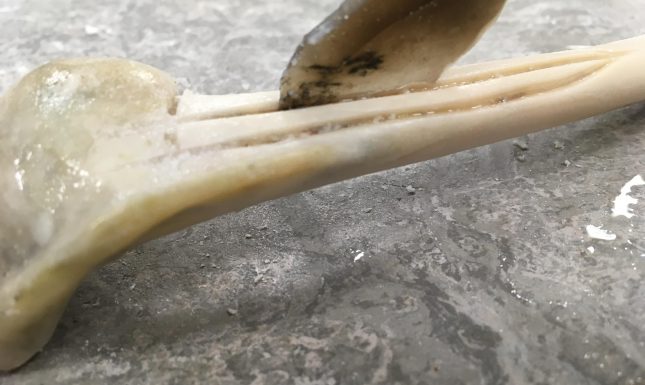
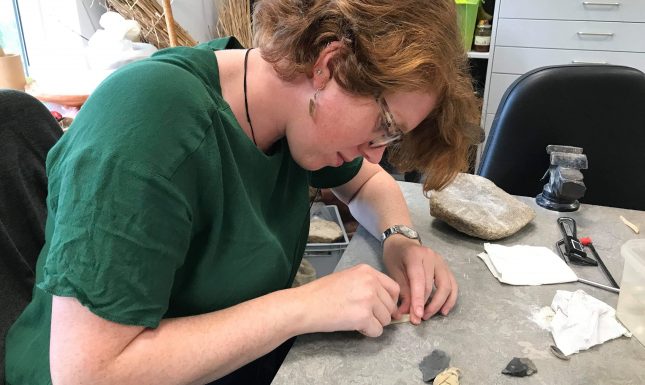
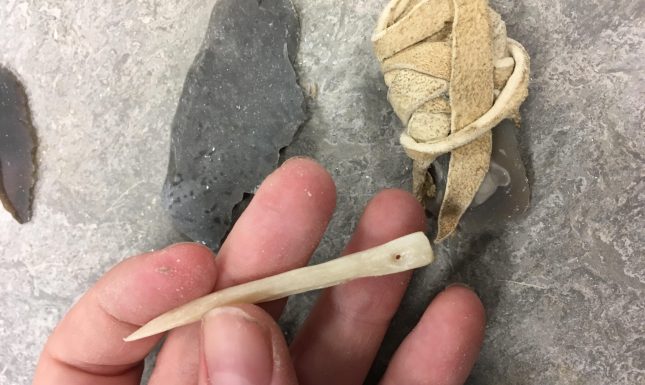
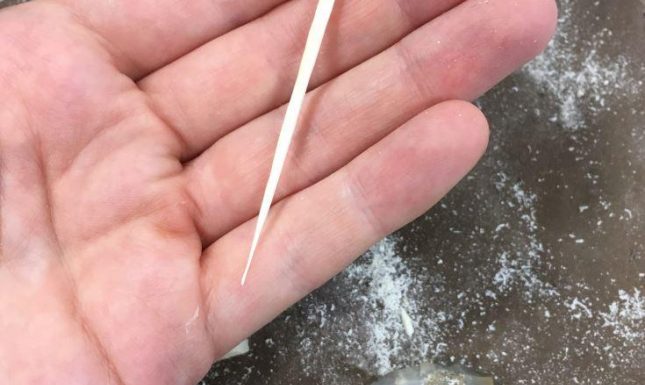



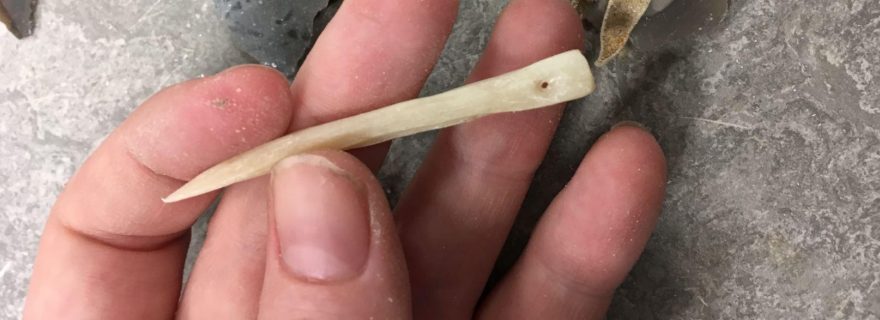
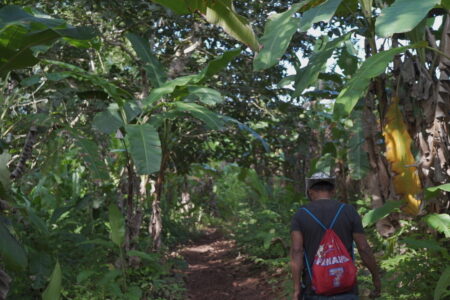
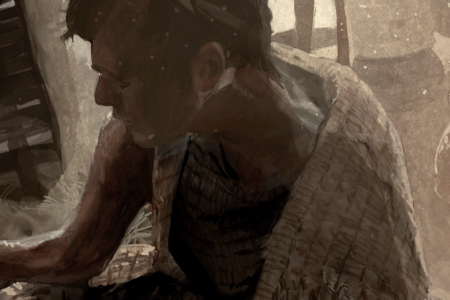
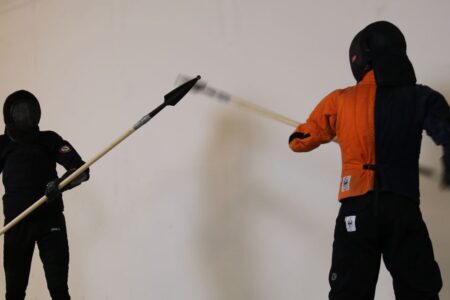
0 Comments
Add a comment